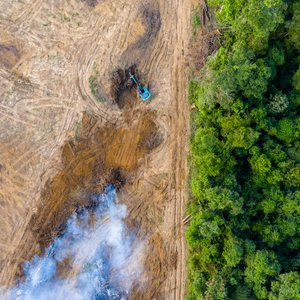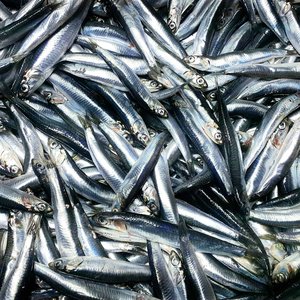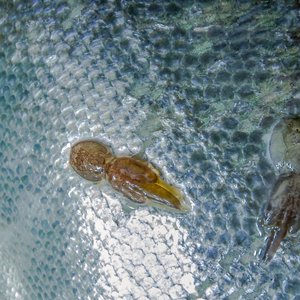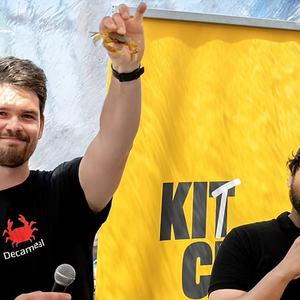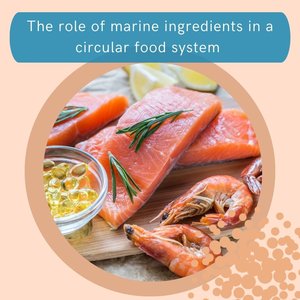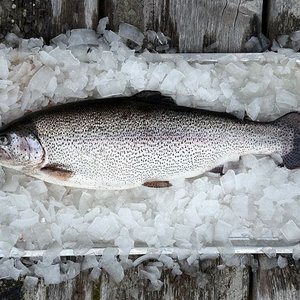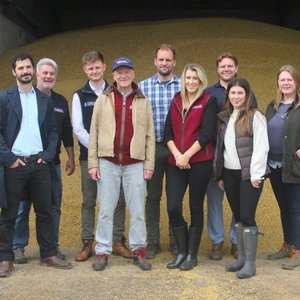The strong results from the first anchovy fishing season may be repeated later this year, thanks to the healthy state of the resource's biomass, said Luis Icochea, former director of the Peruvian Sea Institute (IMARPE) and professor at the National Agrarian University La Molina (UNALM).
During the first season, 98% of the quota assigned to the industrial fleet was fished, which had a positive impact on the economy of the north-central region of the country.
"Although the IMARPE report is still pending, everything indicates that the anchovy biomass is healthy and likely around 10 million tons. However, it’s important to emphasize that industrial vessels are only authorized to fish up to 35% of the total observable biomass, meaning that over 65% remains in the ocean to ensure the species' continuity. The only way to sustain this activity is through responsible and sustainable fishing,” Icochea said.
IMARPE has already completed the second pelagic resource evaluation survey. The first survey, which estimated the spawning biomass of this resource using the egg production method, was completed last month. With this scientific data, IMARPE will submit the corresponding scientific-technical report to the Ministry of Production so they can assess the scenarios proposed by the scientific body and determine the conditions for the start of the second fishing season in the north-central region of the country.
Recently, the Deputy Minister of Fisheries and Aquaculture, Jesús Barrientos, mentioned that preliminary results from IMARPE’s surveys indicate that the anchovy stock is in a healthy state.
Luis Icochea, however, noted that any sudden oceanographic changes could alter the distribution of anchovies, making them harder to catch. “That’s why it’s crucial to start the fishing season at the right time,” he emphasized.



